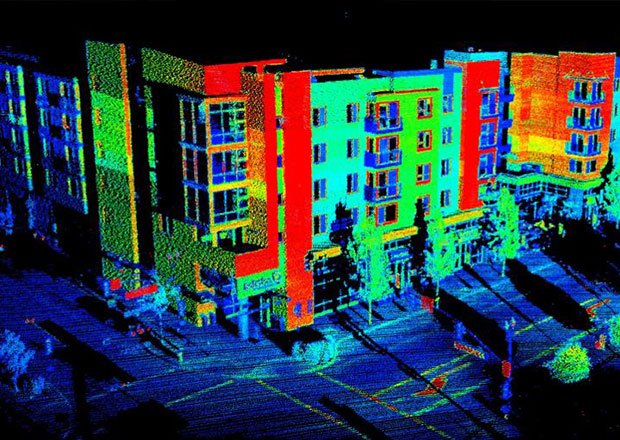Revolutionizing Construction: LiDAR's Impact on the Building Industry
In an era where technological advancements are reshaping industries at an unprecedented pace, the construction sector is not far behind in embracing innovation. Among the standout technologies that have taken center stage in construction, LiDAR (Light Detection and Ranging) has emerged as a transformative tool, redefining the way buildings are designed, constructed, and managed.
Unveiling LiDAR Technology:
LiDAR, a remote sensing technology, employs laser beams to measure distances and generate detailed 3D representations of objects and landscapes. It operates on the principle of emitting laser pulses and measuring the time taken for them to bounce back after hitting a surface. By calculating the time and accounting for the speed of light, LiDAR systems can construct intricate 3D models known as point clouds, which are composed of countless data points representing surfaces, structures, and topography.
Applications in Construction:
Site Planning and Preparation: LiDAR technology has revolutionized the way construction projects are initiated. By providing a precise and comprehensive view of a construction site's existing conditions, including topography and existing structures, LiDAR helps project teams make informed decisions and streamline planning processes.
Accurate Surveying and Mapping: Traditional surveying methods can be labor-intensive and time-consuming. LiDAR scans significantly expedite the surveying process, delivering highly accurate data that aids in creating accurate site maps, identifying potential challenges, and ensuring precise measurements for construction layout.
Design and Visualization: LiDAR-generated 3D models offer architects, engineers, and stakeholders a dynamic and accurate representation of the construction site. This enhances communication and collaboration, enabling project teams to visualize concepts and design elements in a real-world context.
Construction Monitoring: During construction, LiDAR technology enables continuous monitoring of progress and changes. By comparing ongoing LiDAR scans with the initial design, construction teams can identify deviations, discrepancies, and potential issues, allowing for timely intervention.
Quality Control and Inspection: LiDAR scans provide unparalleled accuracy in inspecting the finished components of a structure. This ensures that the construction adheres to design specifications, minimizing errors and rework.
Safety Enhancements: LiDAR-equipped drones can be deployed to monitor construction sites and assess potential safety hazards. This proactive approach can prevent accidents and improve overall worker safety.
Enhancing Efficiency and Precision:
The incorporation of LiDAR technology in construction processes ushers in a new era of efficiency and precision. Time-consuming tasks like data collection, modeling, and analysis are streamlined, freeing up resources for more critical decision-making aspects. This efficiency translates into faster project completion, reduced costs, and minimized resource wastage.
LiDAR technology's impact on the construction industry is nothing short of revolutionary. Its ability to provide accurate, detailed, and real-time data is transforming every phase of the construction lifecycle, from initial planning to post-construction maintenance. As construction professionals and stakeholders increasingly embrace LiDAR's capabilities, the industry is poised for higher efficiency, reduced costs, and elevated project outcomes. In a landscape driven by technological innovation, LiDAR stands as a beacon of progress, fundamentally altering the way we build the world around us.


